
Practice 1
Think Visually
Visual thinking is a way to organize your thoughts and improve your ability to think and communicate. It’s a great way to convey complex or potentially confusing information.
It’s also about using tools — like pen and paper, index cards and software tools — to externalize your internal thinking processes, making them more clear, explicit and actionable.
The key point in this process is not how to draw, it’s WHAT TO DRAW. Once the conditions and constrains was settled through early user research and prototype study, visual deliberation is a great way for initially coming up with lots of ideas based on the research. Ideation sketches is a part of design thinking process or problem solving process, or deliberative decision making process.
1. jogging down the key elements involved.
2. mapping out analytical diagram or illustrations.
3. keep all the user pain points, ergonomic elements, manufacturing constrains, costs in mind, use thumbnail sketches quickly sketch out the possible solutions.
4. use different angles to give detailed plans.
5. have a few variations.
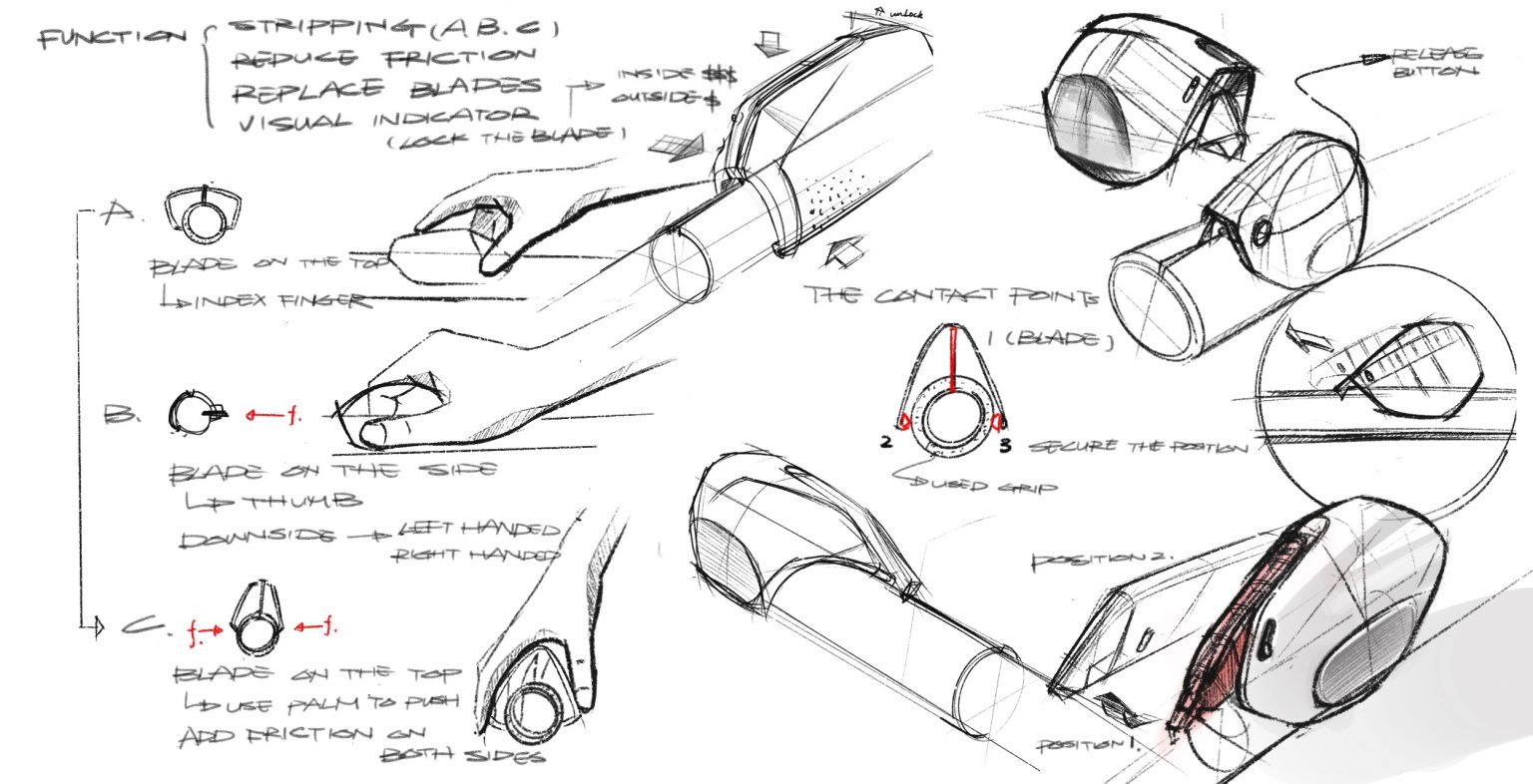
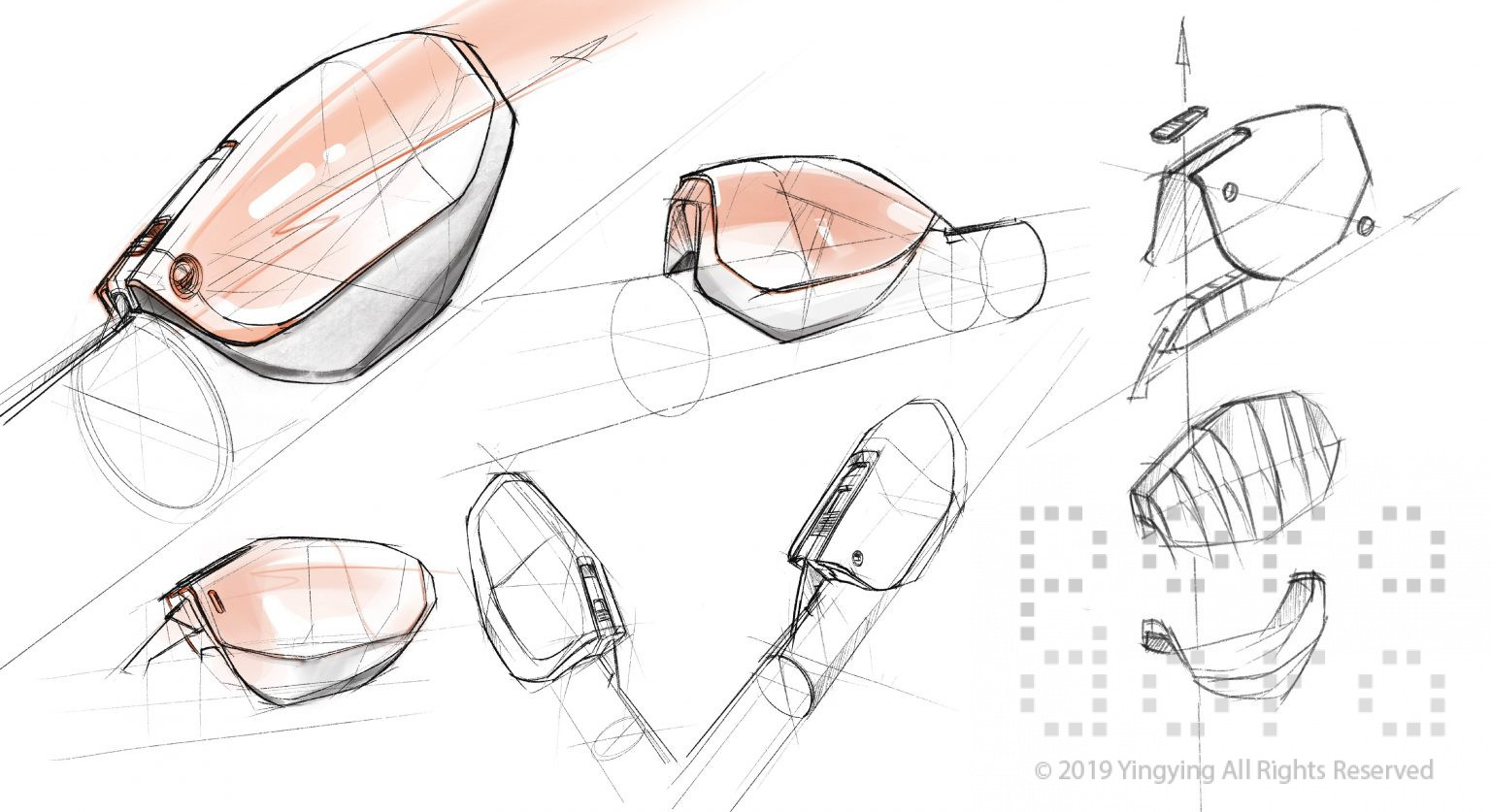
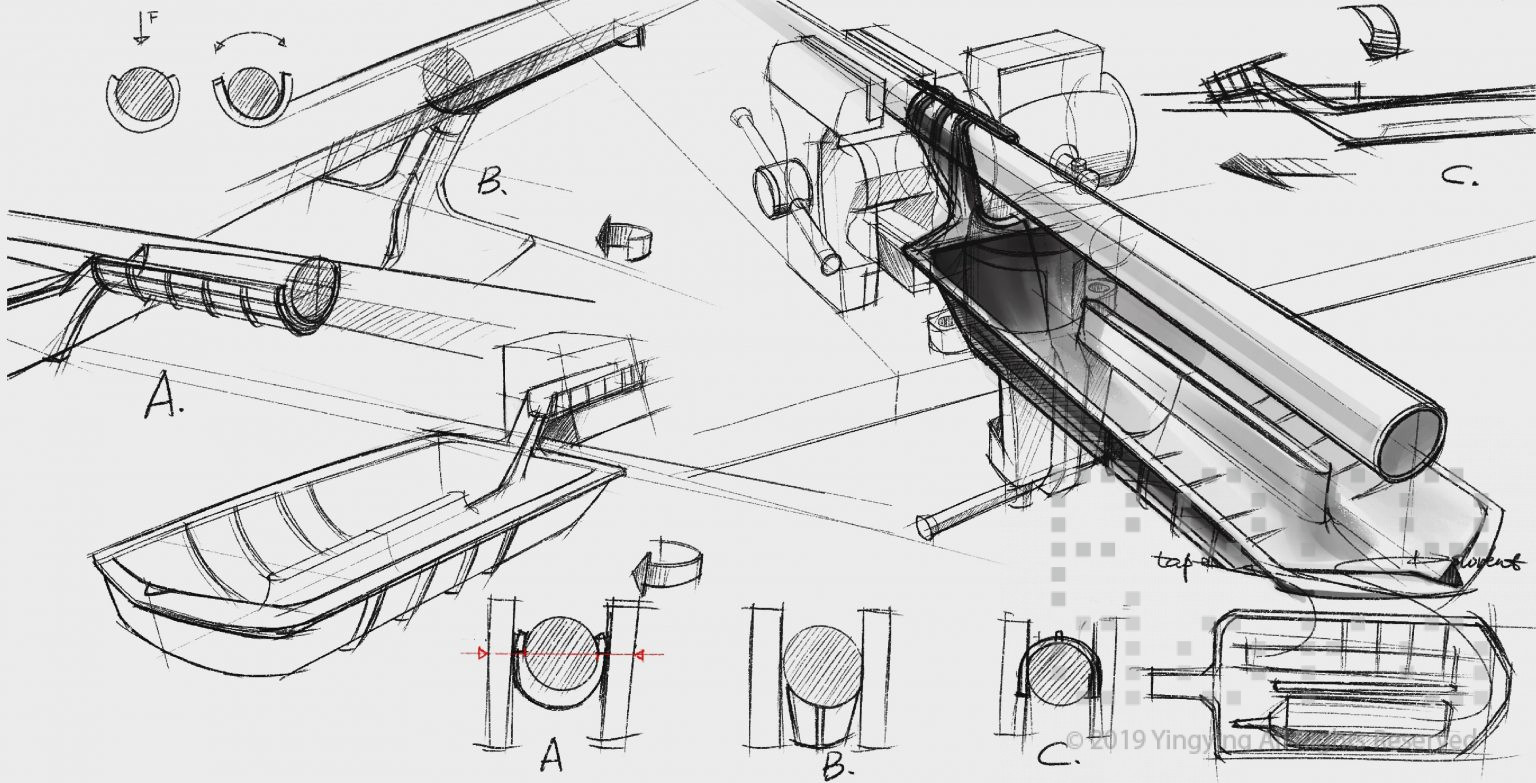
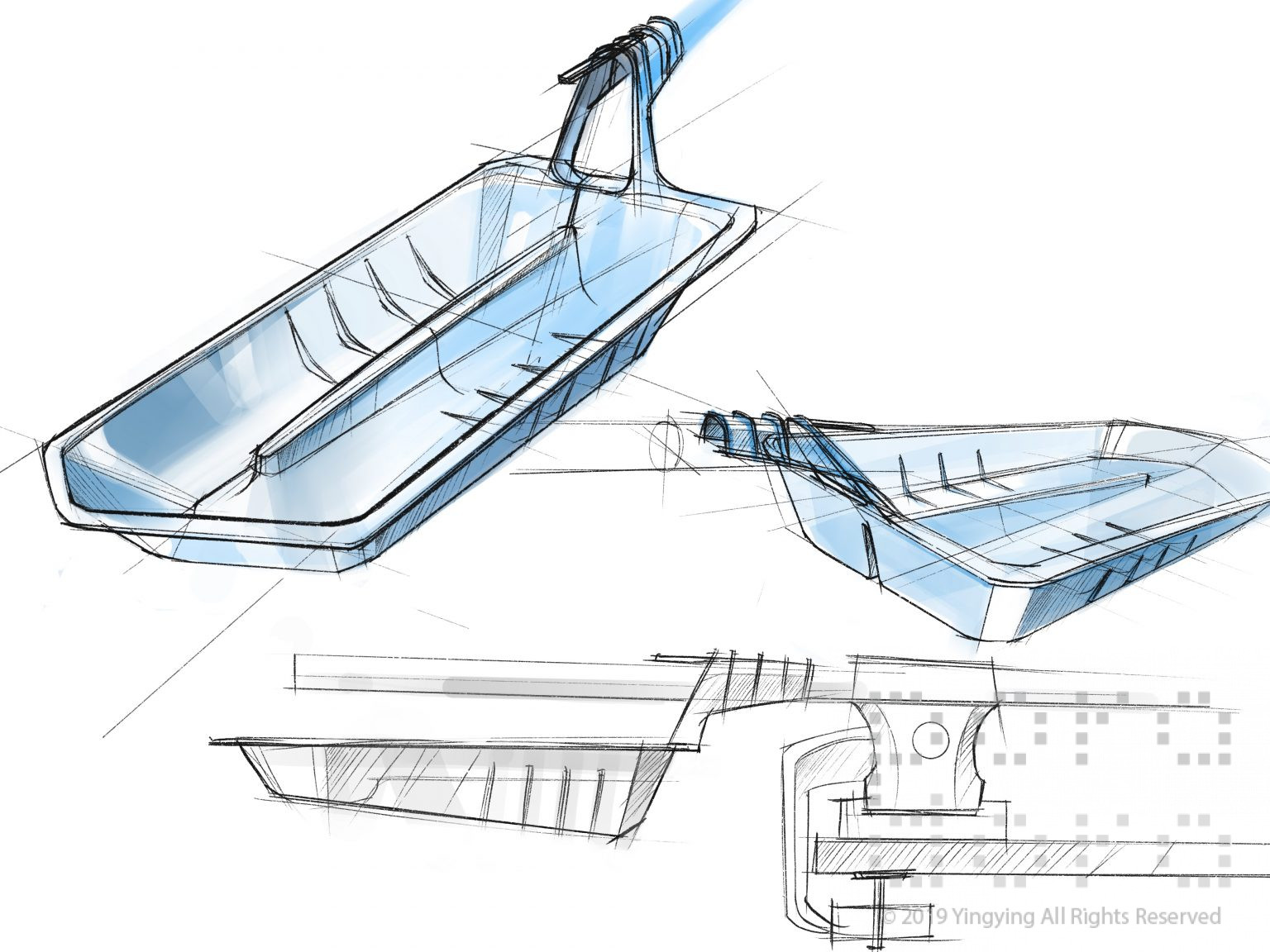
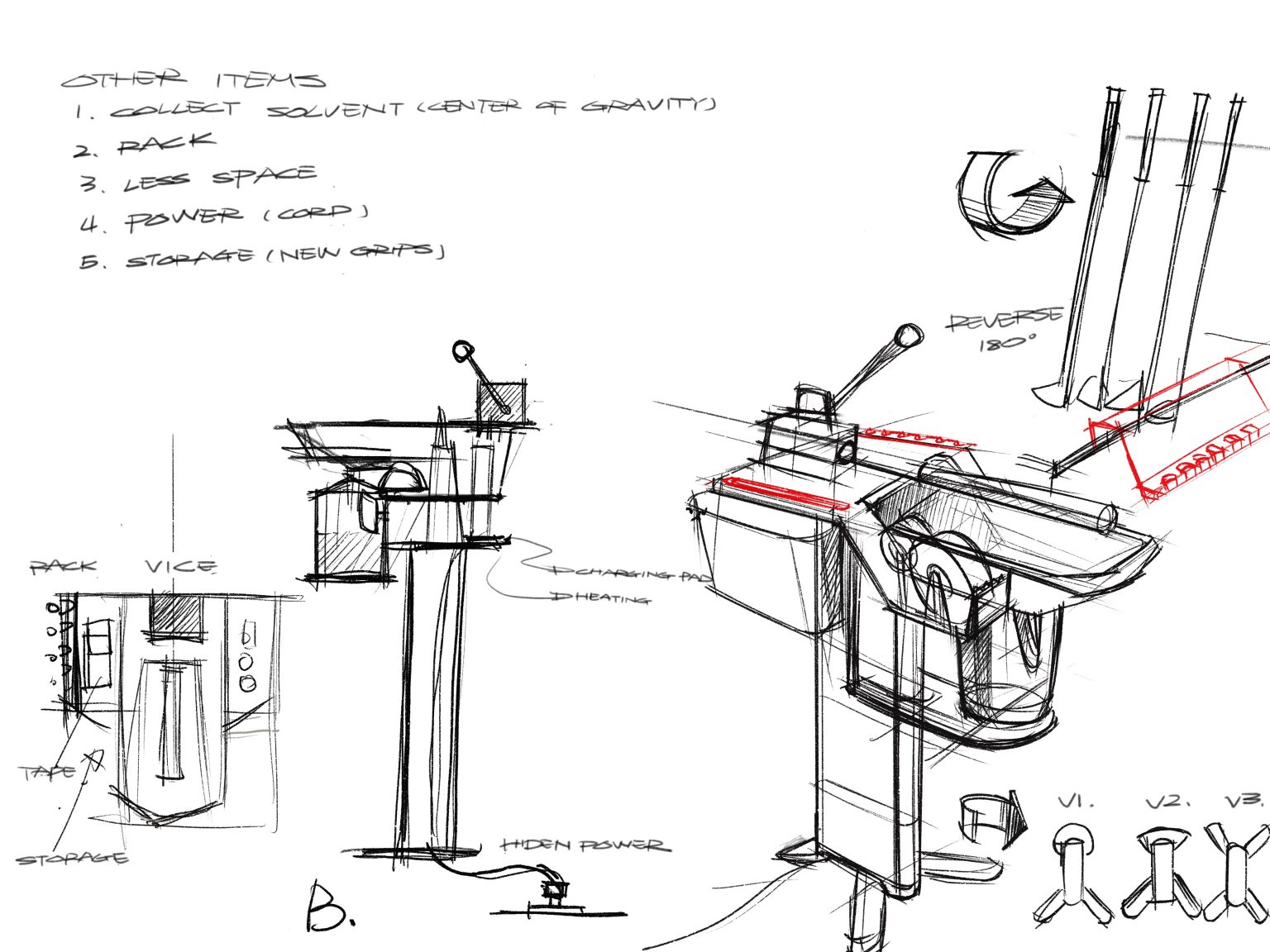
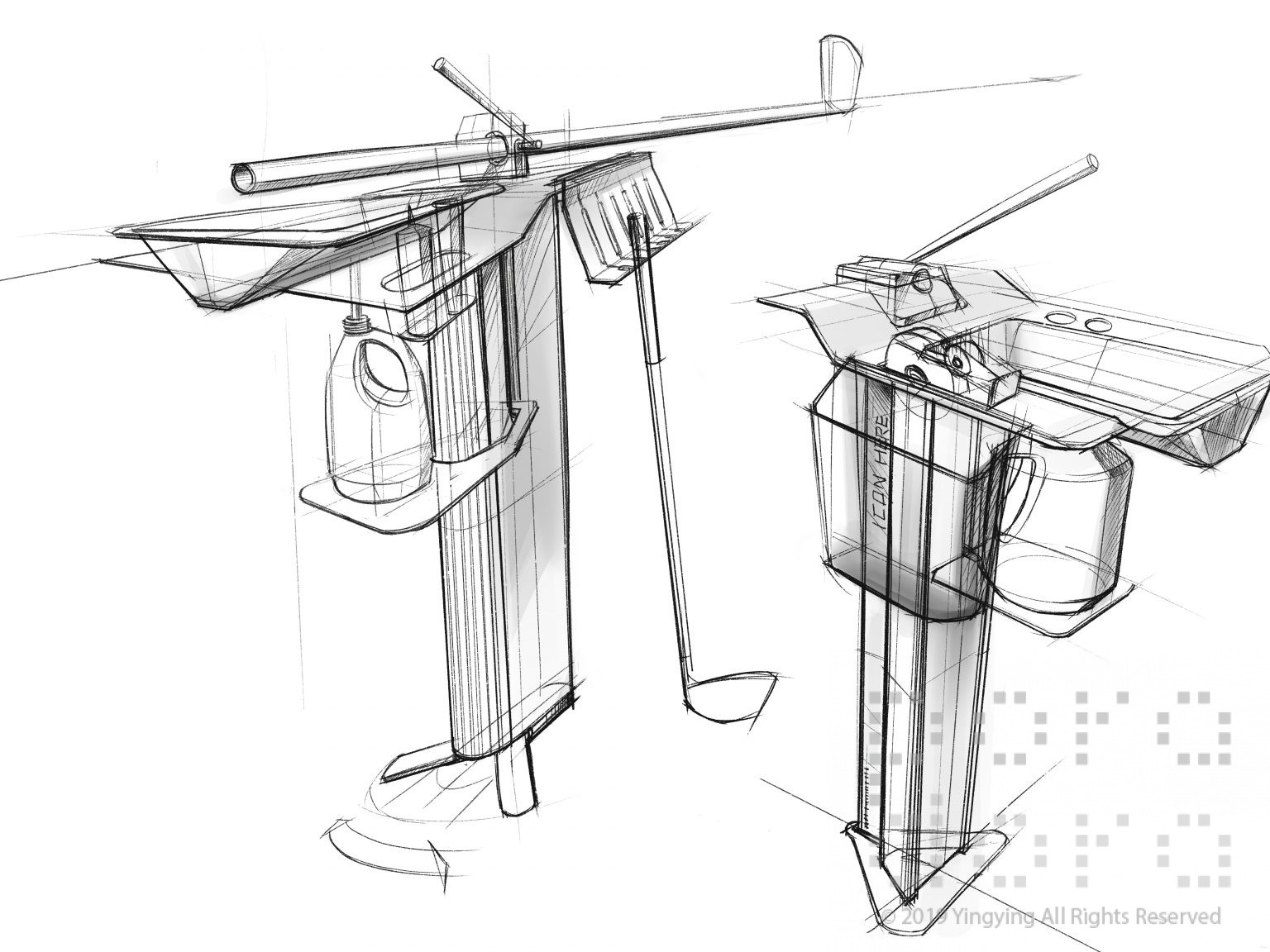
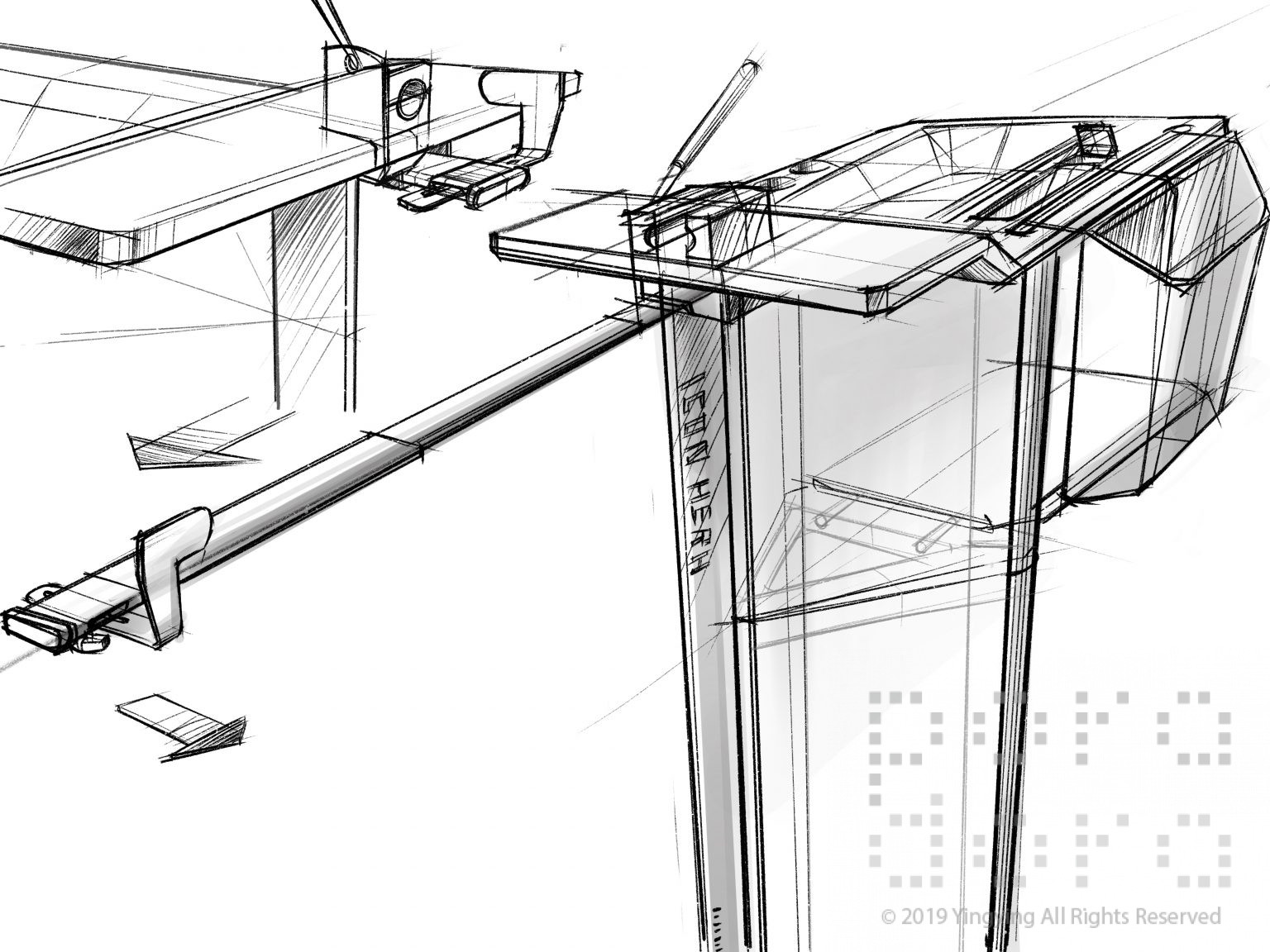
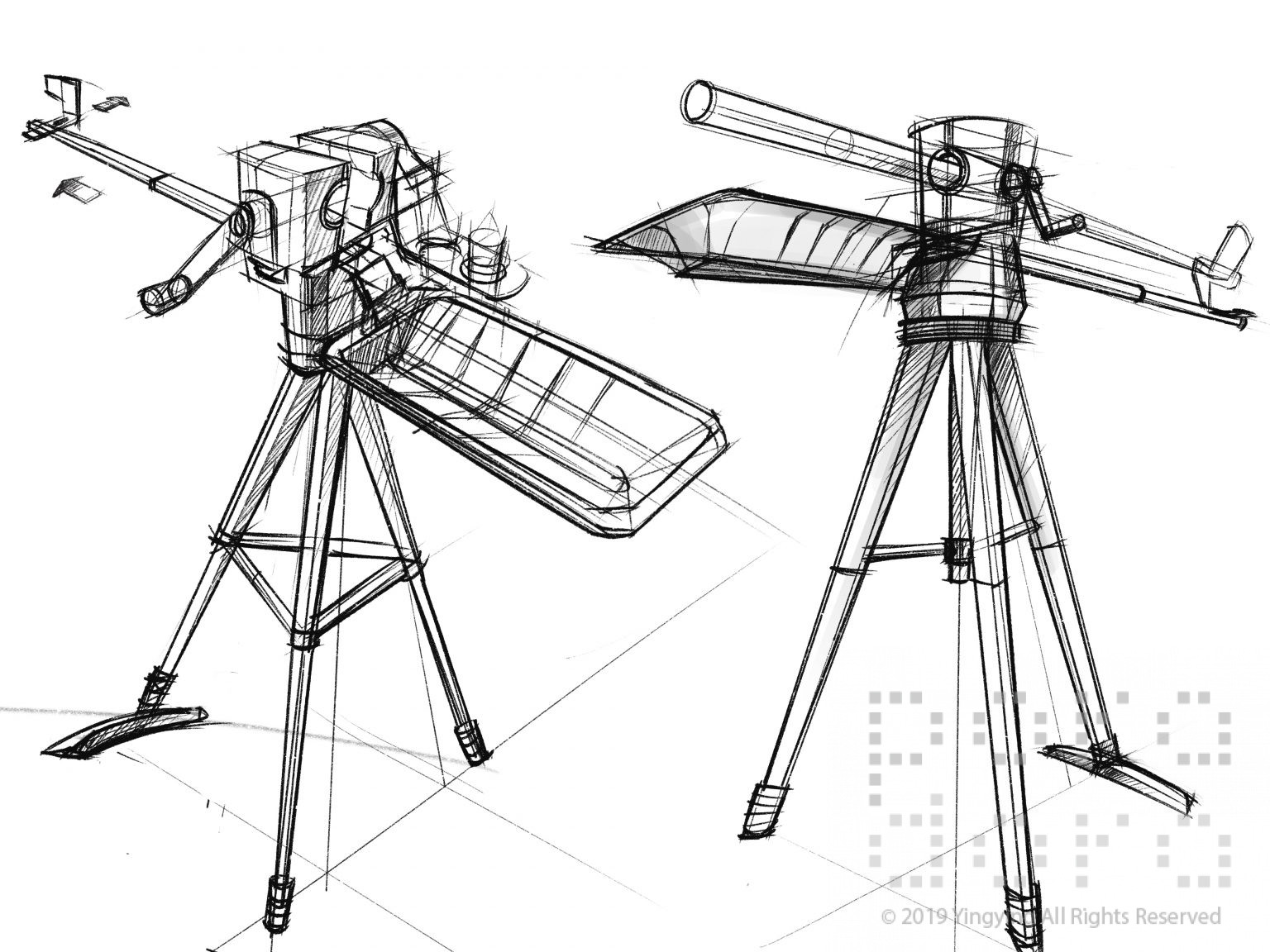
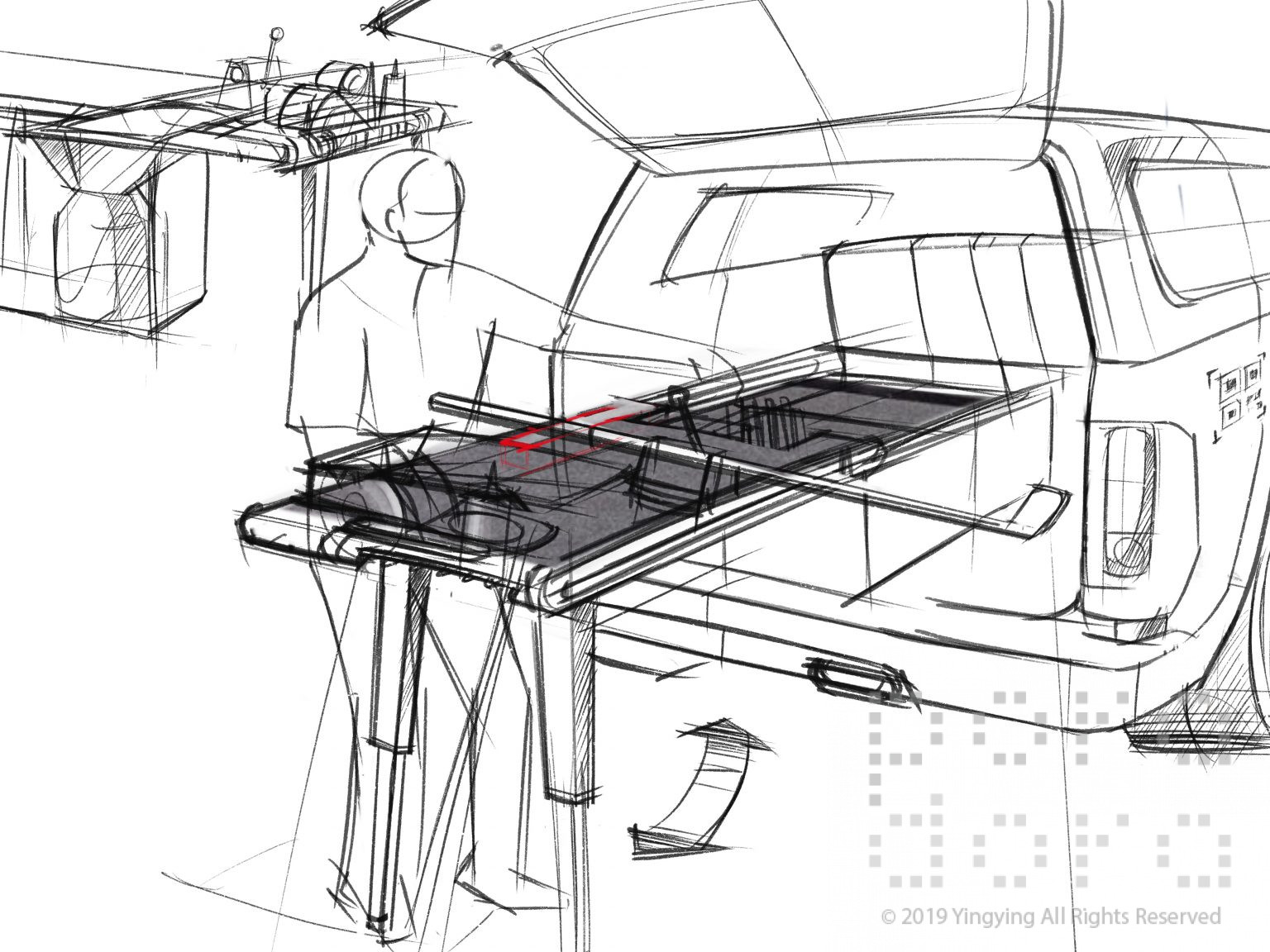
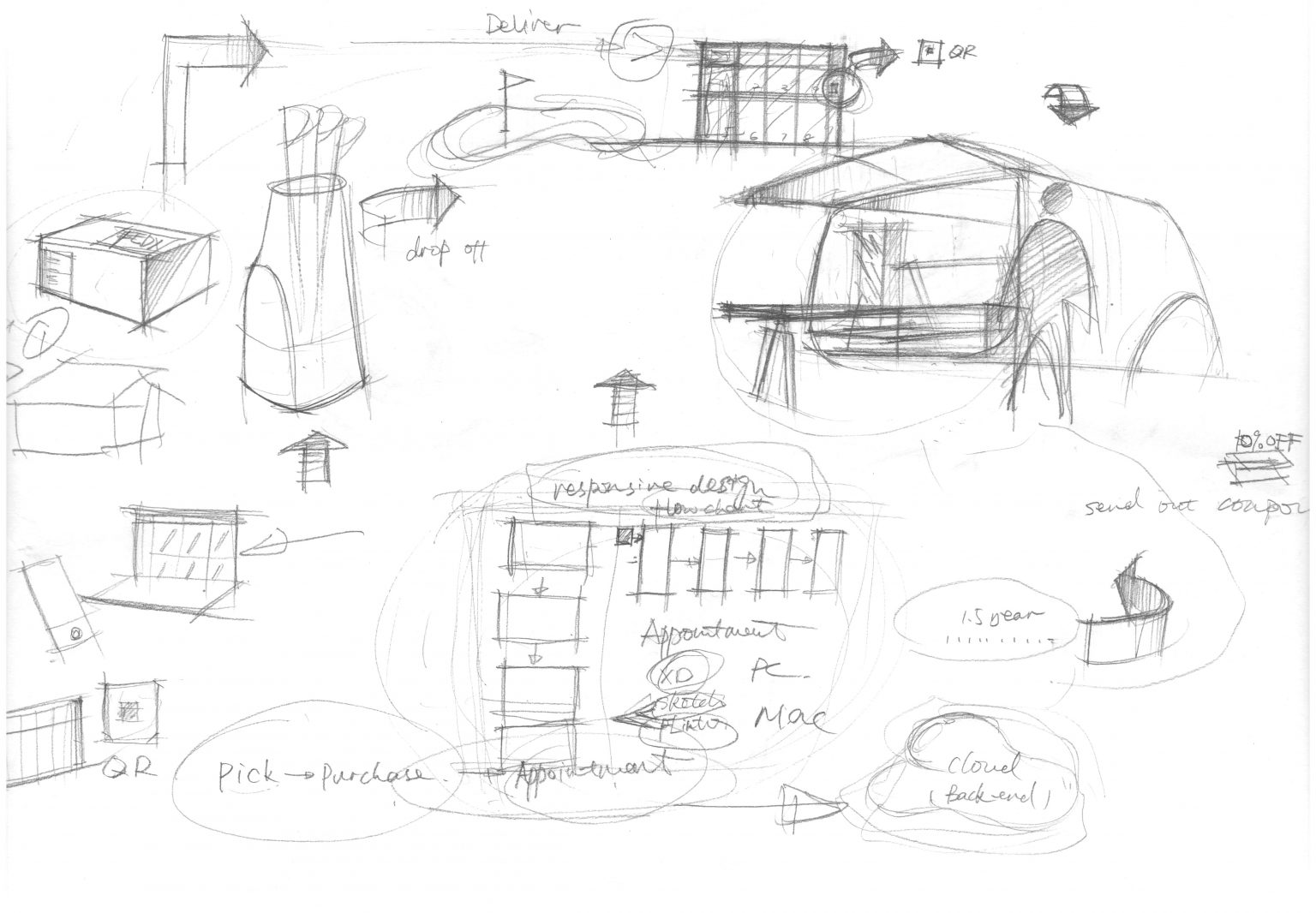
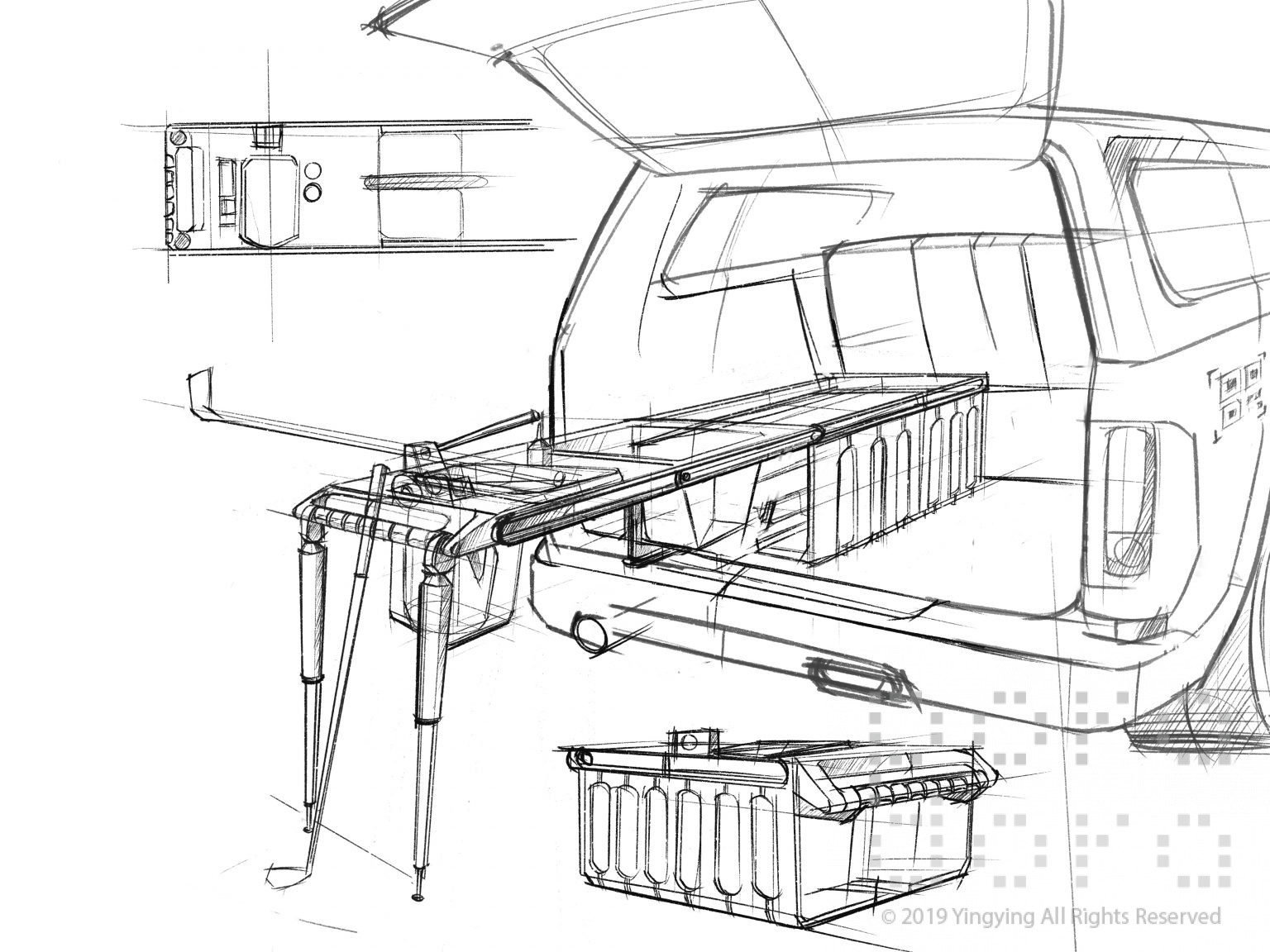
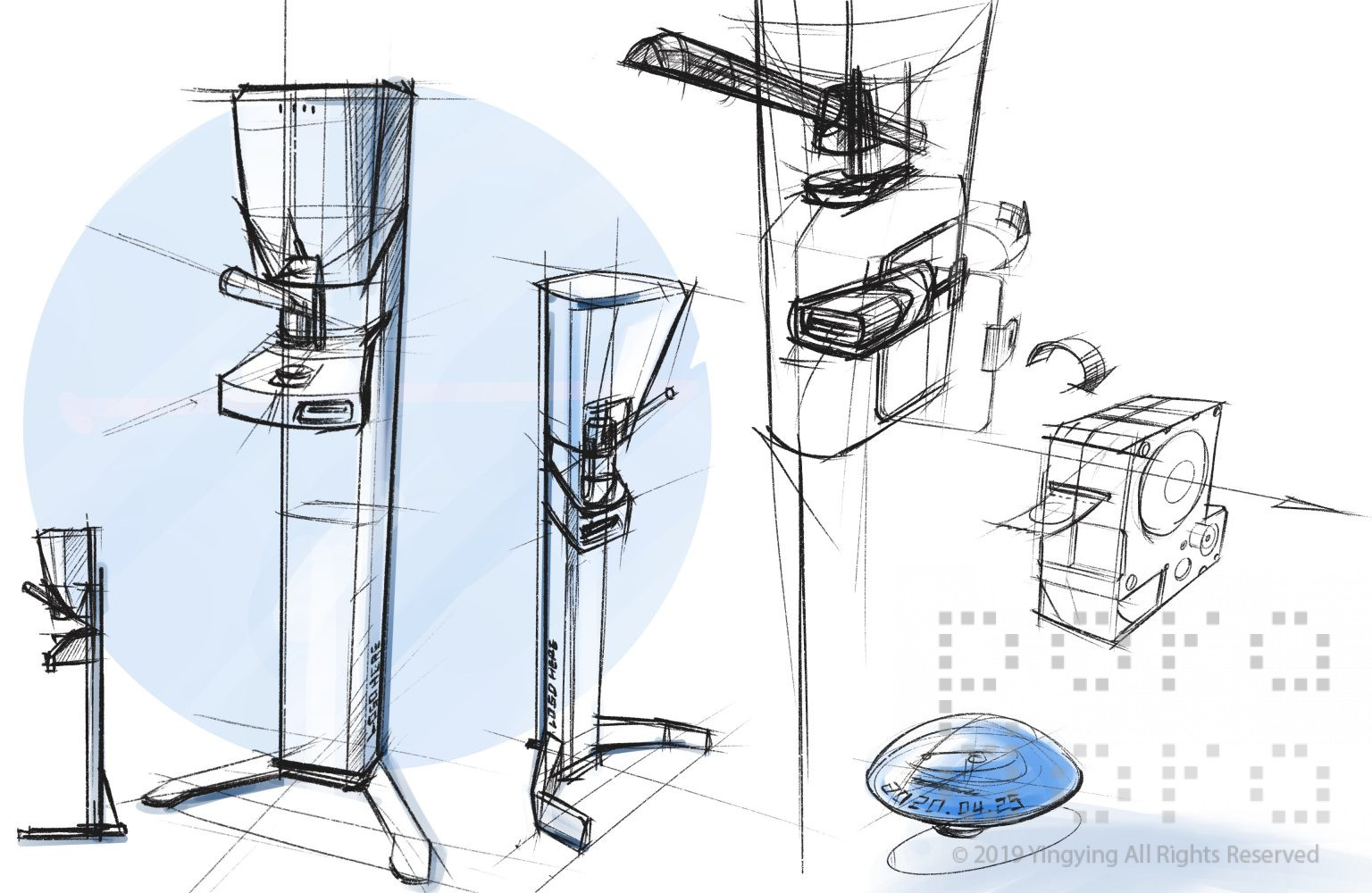
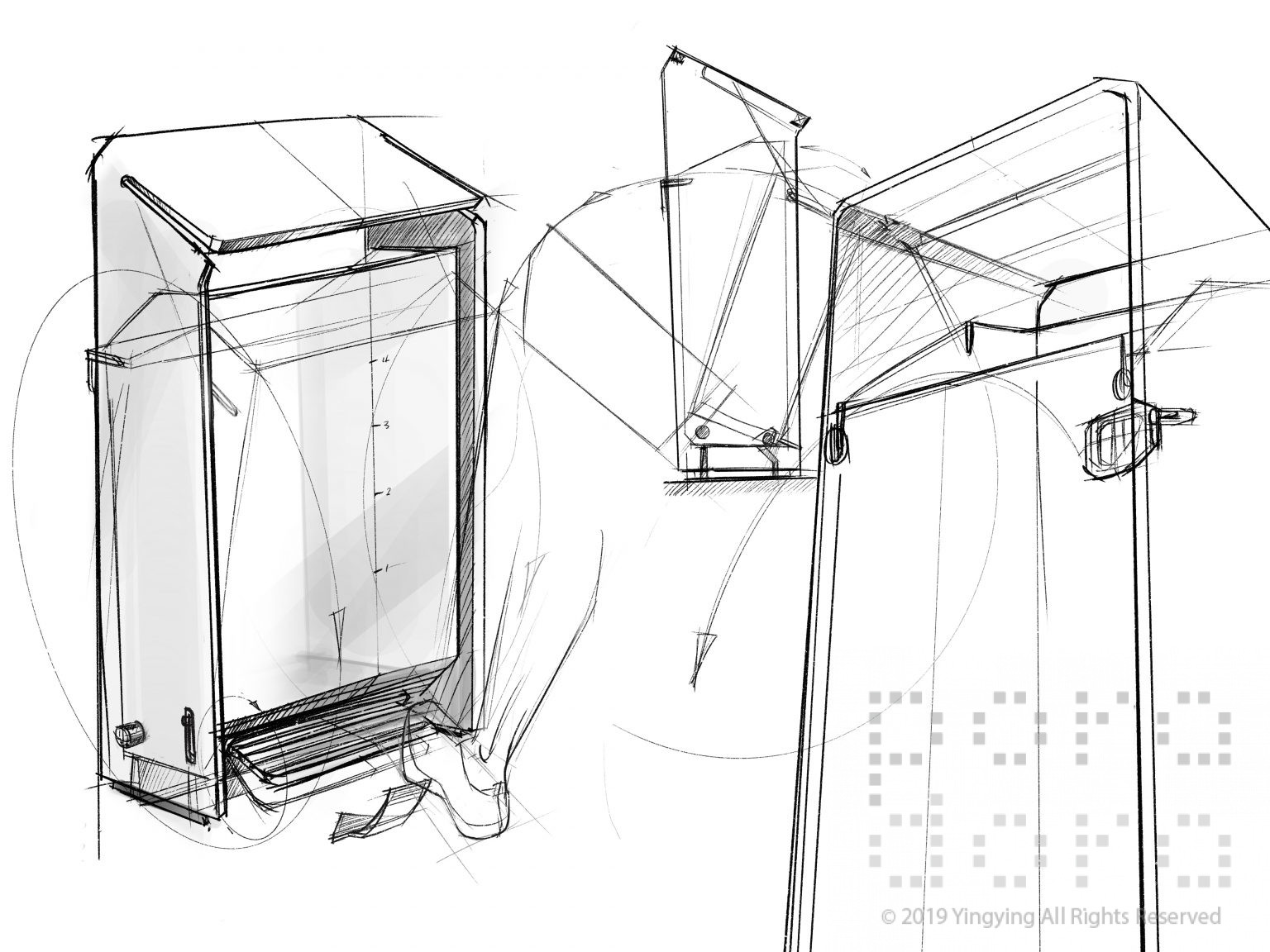
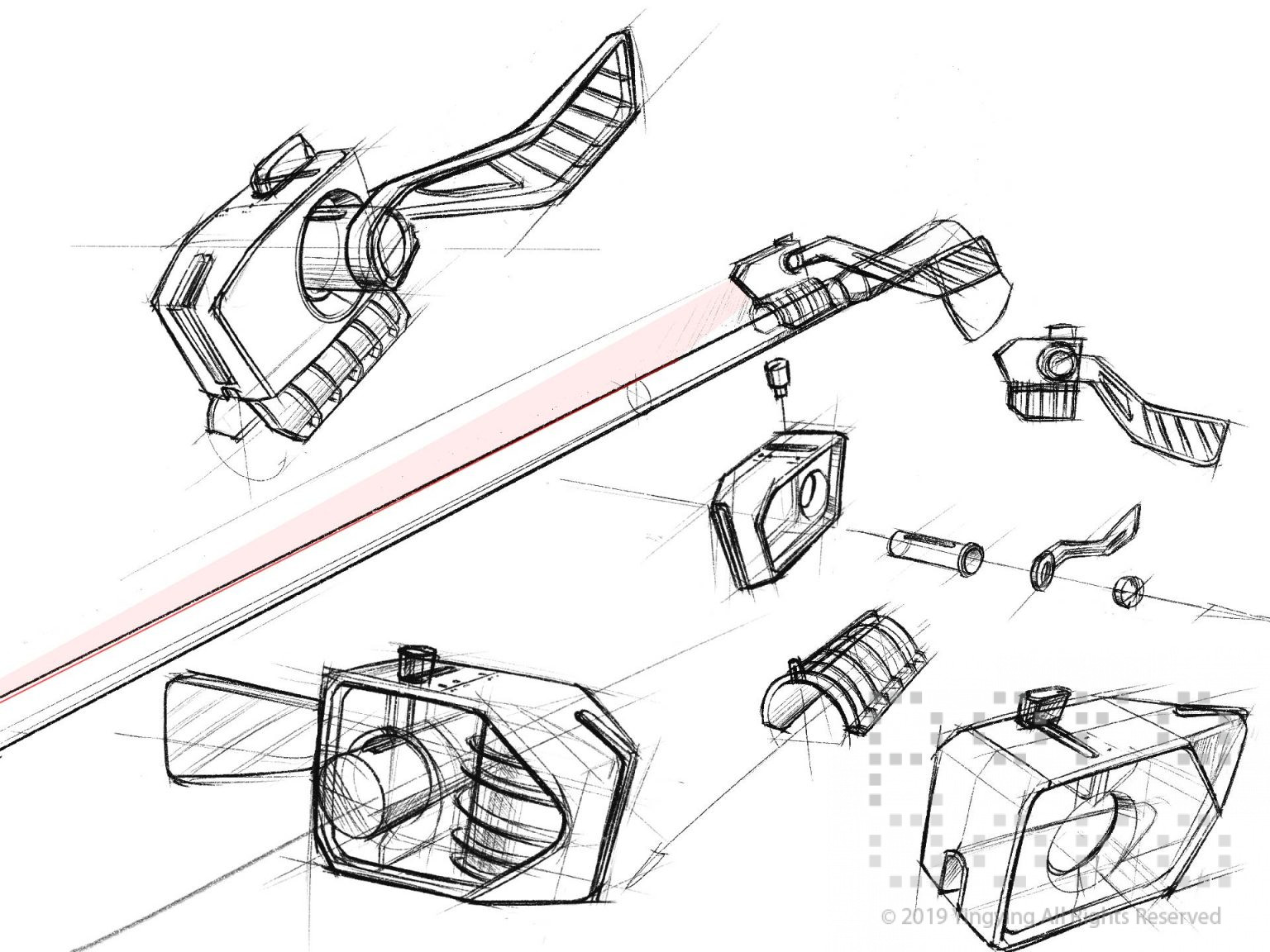
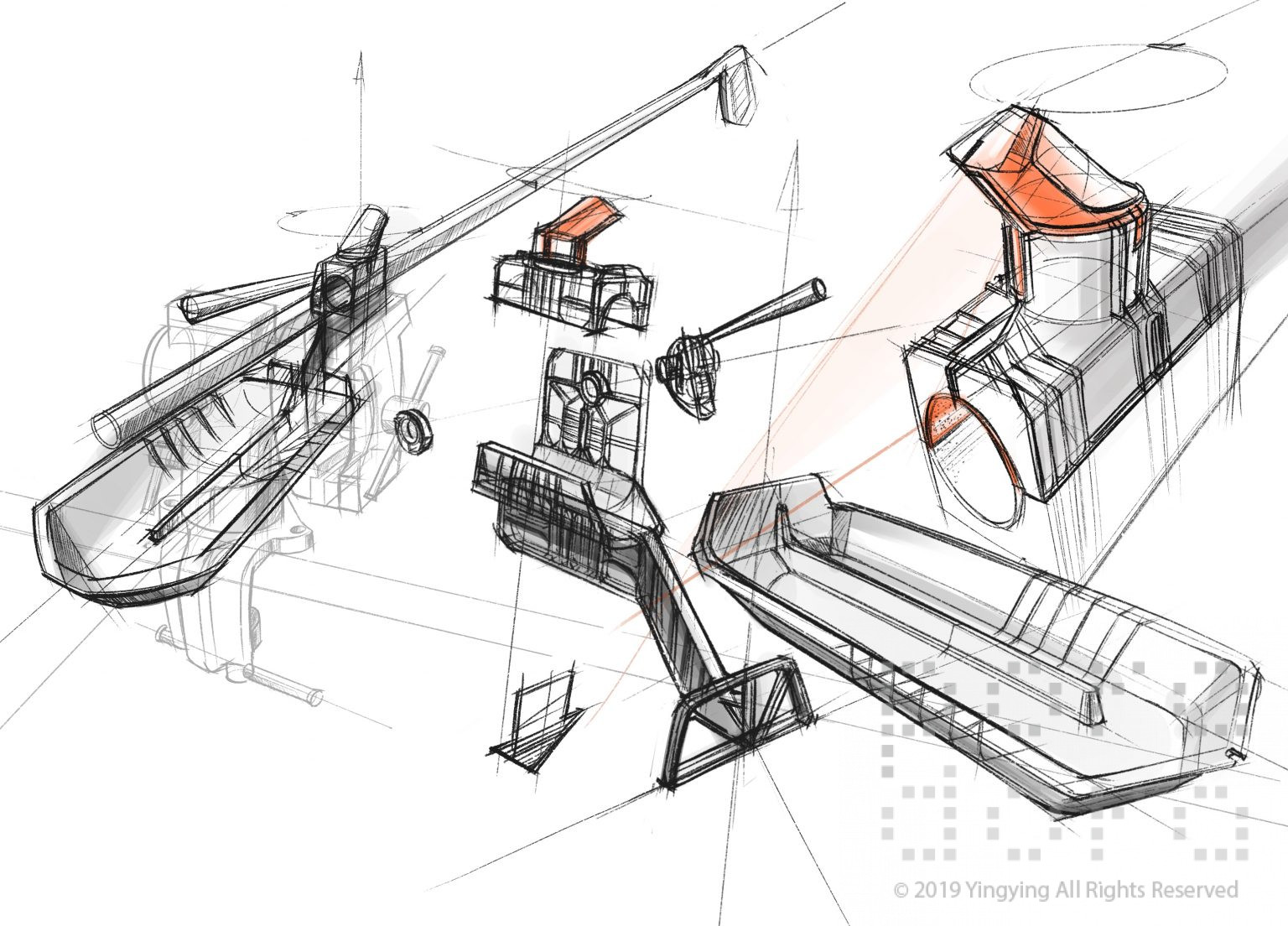
Where is the details coming from?
Functional requirements
- structural stability
- center of gravity (visual center, actual center),
- charging port,(holes on the surface, ).
- Movements (Securing wheels, rails, rotational movement,
- Space for extension,
- Enough room for airflow(like a vacuum cleaner), straight-through suction path
- Hidden parts (power cords (dyson))
- Use design to cover up manufacturing constraints,
- access for maintenance
Ergonomic
- housed in an ergonomic position, optimal control,
- tilt angles,
- easy to carry/hold (create patterns)
- easy to push/open
Visual cue
- guidance,
- usability (where to hold, push, grab, retract, replace, )
- buttons/switches (hidden or exposed) ,
- indication lights,
- sound (speakers)
- compartments
Psychological reassuring
- visual weight,
- balance,
- slot, safe
Psychological disruption
- imbalance, surprise, unexpected
Gestalt psychology—perceive entire patterns or configurations, not merely individual components.
- connections
- joints,
- axis,
- transition between surface, transition between parts
How to manufacture?
- Constraints,
- parting lines (wall thickness),
- material choice,
- draft,
- enhance walls (ribs),
- not too easy to make flatten, )
How to assemble?
- minimize parts and labor in assembly
- optimal choice on parting lines again(make assembly line run smoothly)
- easy to be disassembled (consider packing & storage)
- offset surfaces to provide margin for assembly
- design a tool for assembly
Cost
- reduce size,
- minimum order, choices of manufacturing process
- material choice
- screen(software)
- maintenance
Aesthetic
- feel, patterns, rhythm
consider social trends